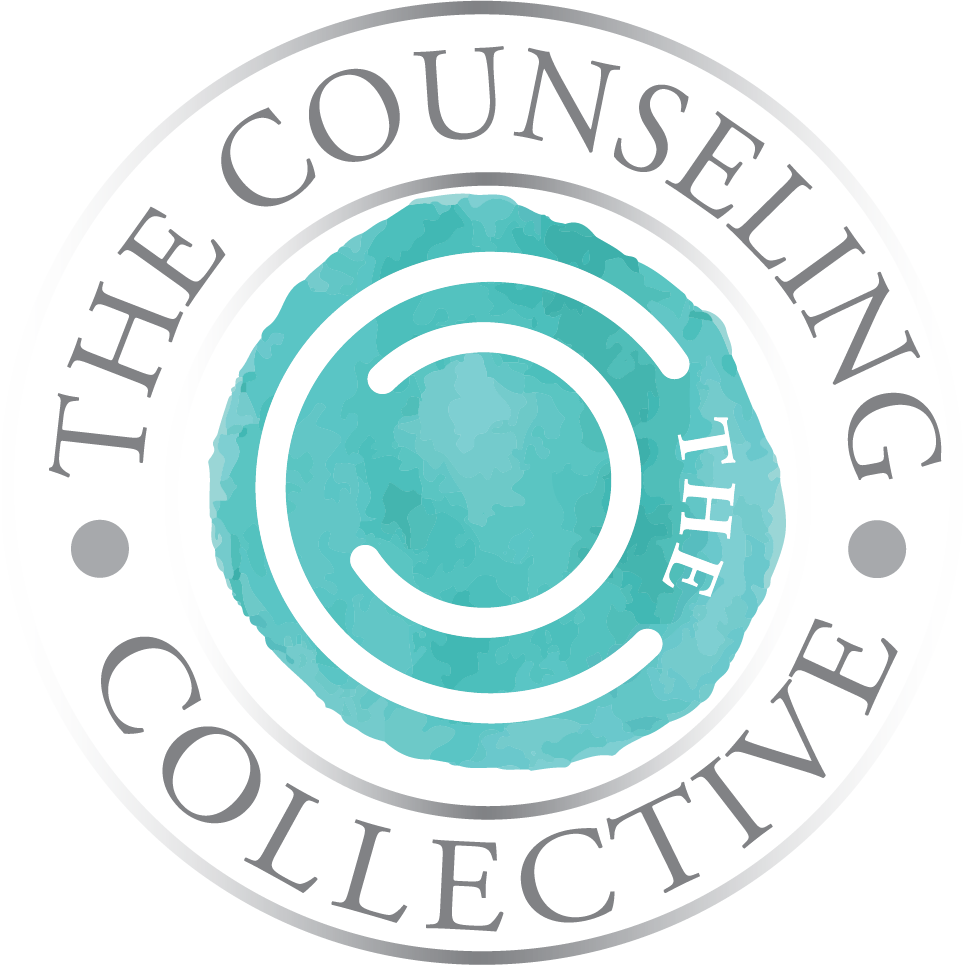How Yoga Can Improve Anxiety and Depression
/Last fall, I wrote a blog about how physical fitness can help your overall mental health. I wanted to follow up with a blog about how yoga and mindfulness specifically can help with symptoms related to anxiety, depression and even trauma. Yoga is defined as a discipline that includes breath control, simple meditation, and a variety of body positions that is widely practiced for health and relaxation. Yoga, as a form of physical activity, used as a regular practice, will also increase the trait of mindfulness, as well as increase the “feel good” chemicals in your brain. As a result, it is a healthy coping skill for symptoms of depression, anxiety, and trauma. Mindfulness is the awareness of one’s body, one’s thoughts, and a greater connection of mind and body. Mindfulness teaches you to clear out distractions, with a goal of totally emptying your mind, while you are practicing yoga.
There are many benefits of using yoga, which are not limited to but include:
-Stress reduction
-Sound sleep
-Lower blood pressure
-Improved mood
-Increase strength and flexibility
-Coping skill when feeling overwhelmed, anxious, depressed
Yoga can be used as a coping skill for worry in a way that the focus is on safety, the present moment, concentration, and relaxation. As the yoga pose is held, a mantra can be used. Breathing while in pose is important as well, as we use breath to calm ourselves. Yoga allows you to release stress and tension by helping you shift your focus to the present moment, the way your body feels right now. This allows you to let go of the negative energy and feel in control of your stress reaction.
Yoga can be used for trauma, to represent safety in the environment and body, to be aware of body boundaries and inner body sensations, demonstrating a posture that reflects worthiness, and saying affirmations. Some examples of affirmations are “I am safe. I am alive. I choose. I feel. I speak.” Yoga is a healthy way to use your mind and body, rather than turning to unhealthy coping strategies such as drug or alcohol use or other self-medicating behaviors.
A 3 month study was done on people experiencing depression, and a 50% reduction of symptoms was reported in those that participated in yoga practice. More days of yoga resulted in fewer symptoms (Dr. Chris Streeter, Boston University School of Medicine Journal of Alternative and complementary Medicine, 2017). Yoga helps the autonomic nervous system to be balanced, therefore the rest of the brain works better. The autonomic nervous system is what regulates organ functioning, the fight or flight response, and relaxation. When using yoga, the fight or flight response decreases, and the rest and digest response increases. Therefore, you enter a more relaxed state. As soon as your breath slows down, you decrease your fight or flight response and calm your nervous system.
As I previously mentioned, mantras are a great practice to use while in a yoga pose, or practicing mindfulness. A mantra is a statement or sound that is repeated. An example of a self-love mantra is “My dear I am here, I am learning to take care of you”, while holding your hand over your heart and breathing deep breaths.
Along with all of the mentioned benefits, yoga can help you find or build your sense of self. It helps you get to know your body, and create a nonjudgmental relationship with yourself. When you become more rooted in your center, your breath, and your sense of self, you develop a healthy, balanced ego. If you are more at peace and centered with yourself, relationships around you will flourish as well.
Yoga is designed for anyone to practice, and can be suitable for all ages, body shapes, and fitness levels. Yoga is never about who is the strongest or most flexible, but finding what poses work best for you. There are many yoga studios available for use, if you are interested in participating with others. There are a variety of classes available, whether you want gentle and relaxing, or strenuous and challenging. It will benefit your physical and mental health in a positive way. Get started today!
Here are 4 steps to get started with yoga:
1) Consult with your doctor behavior starting any exercise program
2) Decide if you want to find a studio near you to go to for instruction, or if you want to follow instruction on YouTube, or poses off of a link like this: https://www.yogajournal.com/poses/yoga-by-benefit/anxiety
3) If you want to follow instructors on YouTube, a few examples are “Yoga with Adriene” or “Yoga with Tim”
4) Practice your breathing as this will be important for any program. Take a few moments everyday to take a deep breath in to the count of 3, and then let it out to the count of 3.
For those of you who do yoga regularly, please share with us what benefits you see from practicing!
Guest Blog Post by:
Stacy Martinez, LCSW
The mental health therapists at our office offer counseling for a variety of issues including trauma using EMDR, depression, anxiety, grief, and couples counseling. We work with teens, adults, and couples. We also offer online counseling services which can be great for people with busy schedules or for people who live in parts of Pennsylvania with limited counseling options. You can check out our website to see the full list of counseling services that we offer. Or, Request An Appointment here.
